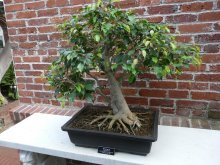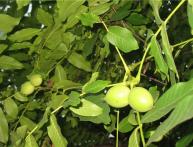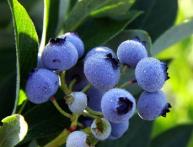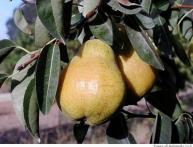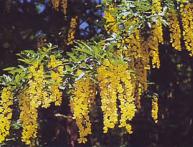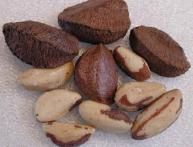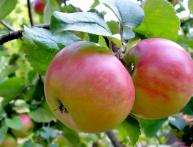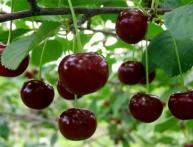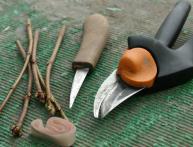The art of bonsai: how to grow a small tree from seeds
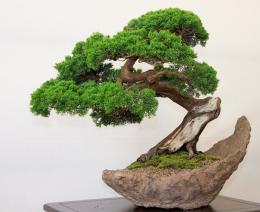
Mastery bonsai – growing an elegant copy of a tree, mainly due to the formation of a flat root system and a unique crown. A living miniature in a flower pot is distinguished by its exact likeness of a real plant, small stature, and cultivation at home.
Content:
- Breeding Tips
- Seed selection and germination
- Preparing a place for planting seedlings
- Care after landing
- Shaping the silhouette
Breeding Tips
Bonsai are living decorations. In addition to the original design, they add freshness to the room, saturating and purifying it with air. Growing a tree is a creative, exciting process. Giving freedom of imagination, fills with pride for an extraordinary, one and only, specimen.
It takes many years of painstaking work to obtain a beautiful dwarf plant. Grown from a seed, it becomes entirely your creation. Watching germination and further growth is a pleasant, calming, and joy-giving experience.
Stages of planting seeds include:
- seed selection
- soil preparation
- disembarkation
When the decision to plant a bonsai has become a firm intention, it is necessary to decide on the species of the future tree. It is better and more correct to choose species that feel good in a given climatic region. Exotic species of the tropics are suitable for interior decoration.
Ficus, coffee tree, and schefflera trees are unpretentious when propagated. Citrus and coniferous varieties are popular.Myrtle and pine produce unusually beautiful, fragrant specimens. The breed must necessarily “lie on the heart”, because Getting a beautiful bonsai is not a matter of just one decade. It should not irritate either by sight or smell for many years.
Seed selection and germination
The seed is taken fresh, 1 - 2 years old, with good germination. At home, the natural aging process can be created artificially. The imitation effect is achieved by freezing seeds in the refrigerator in winter. With the onset of heat, they are kept in water for 6 hours, then placed in a plastic bag, where they are stored for 3 days at room temperature.
On the fourth day, viable specimens will swell and be ready for planting. Empty ones should be selected and thrown away.
The sprouted ones are first placed in pots filled from below with a mixture of humus and sand (2:1), then with a layer of real soil (1 cm). Leave about 3 cm to the top border of the container. The soil is pressed on top with a pebble or a wooden stick, 2-3 seeds are laid out on it, sprinkled with sand and watered.
Before planting the seeds, the planting mixture is treated with a fungicide. A greenhouse effect is created by covering the soil with plastic film or other material that transmits light. The air temperature for the development of strong seedlings is approximately +15C.
Preparing a place for planting seedlings
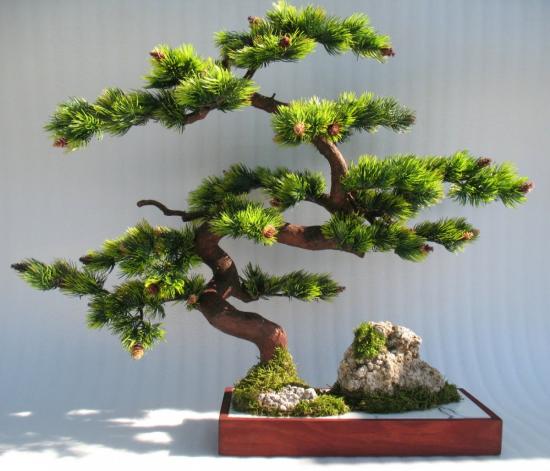
Special soil is used for bonsai. The heavy, moisture-intensive substrate consists of fractions of 3–5 mm. It has essential nutrients and is breathable. Pure akadama (ready-made soil for bonsai) is rarely used. Prepare a mixture with clay, humus, sand.
Small, wide-diameter ceramic containers are ideal for dwarfs.Their roots are covered, feel free, and are easily saturated with minerals from the air.
Care after landing
After landing seeds, constantly care for developing shoots, provide the necessary conditions:
- Keep the seed pots moist.
- Provide air flow to the soil by periodically opening it. You can make holes in the greenhouse material.
- When the first leaves appear, the seedlings are opened. When it gets stronger and produces 3-4 leaves, it is transferred to a ceramic pot.
- The main spine is shortened by 2/3 of its length.
- Feeding is carried out. For the first time 1.5 months after picking, then every week until the tree grows. In the initial period of growth - fertilizers with a low nitrogen content, then with a high, then balanced composition until the beginning of winter. Stop feeding only sick specimens.
- Bonsai loves light and free space. If there is insufficient light, the plant begins to stretch upward.
- A comfortable place - away from radiators, direct sunlight, and drafts.
Shaping the silhouette
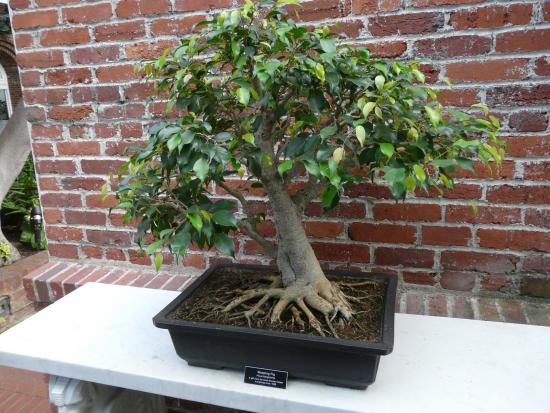
There are many styles of cute shorties. Mandatory rules to form the crown of a bonsai:
- shape: horizontal tiers or cone-shaped
- the foliage on the tiers, or needles, is as dense as possible. This ensures a flow of air and light for each branch.
Activities to create a bend and a drawing of a tent will help give the miniature the desired silhouette. To slow down growth, horizontal cuts are made, thereby stopping the movement of sap along the trunk. Use special pegs or wire to secure parts of the stem and branches to the edge of the planting container.
You can start doing this from the first months of rooting the sprout in a permanent place. Bonsai is a developing tree placed in artificially created conditions. It requires regular pruning, spraying, and fertilizing. Only a careful, patient person is able to wait for the result, perhaps for more than a dozen years.
Created with your own hands a masterpiece that will be the pride of not only the master himself, but also of subsequent generations.
Video on how to form a bonsai:


